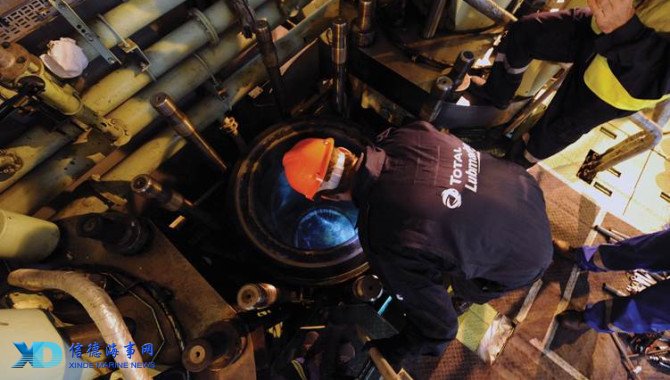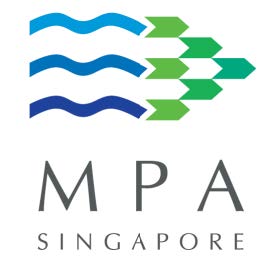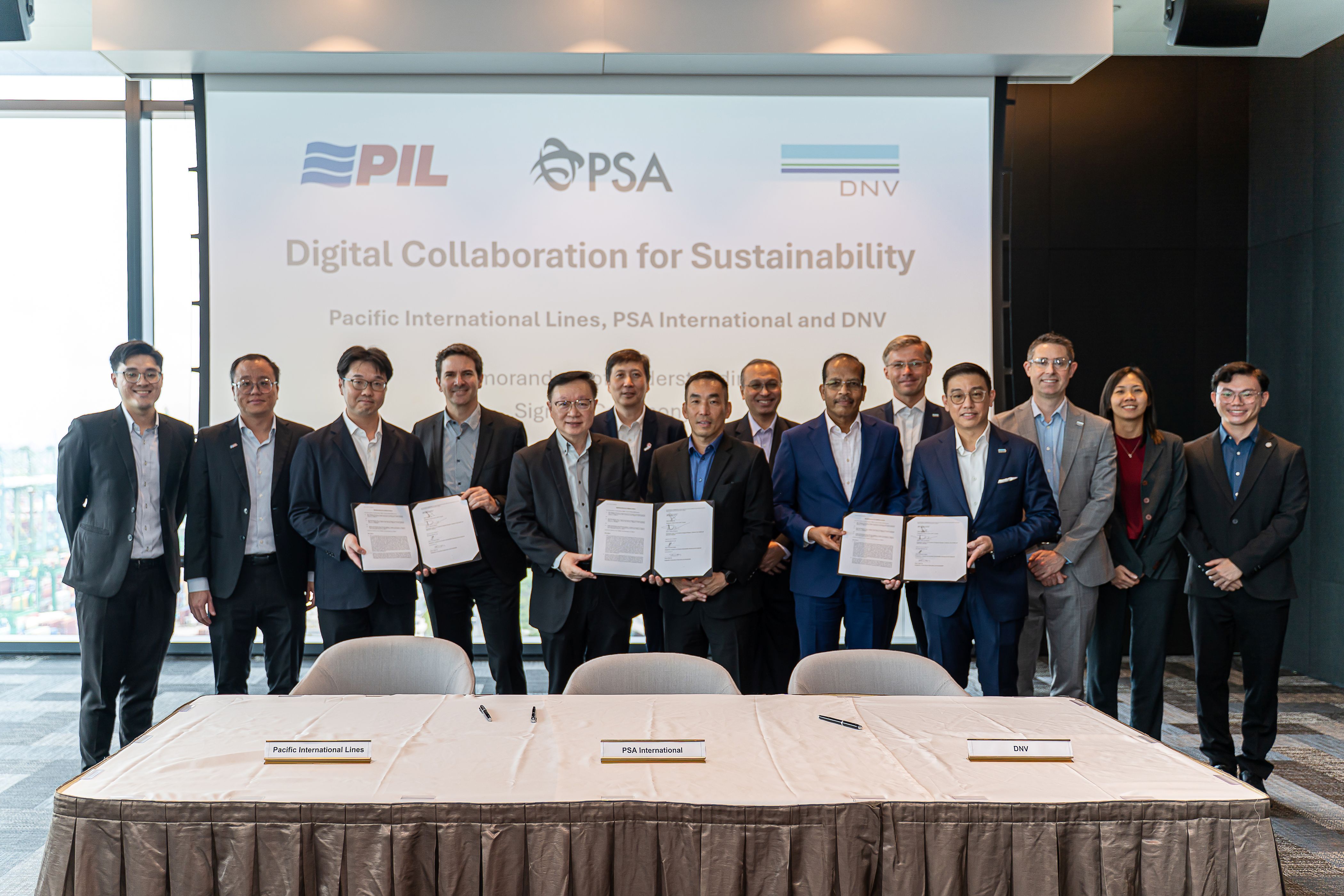
With a year to go before the implementation of the 2020 Sulfur Cap, few topics will be higher on the list of priorities for shipowners than complying with Annex VI of the IMO MARPOL Convention (2008). However, the reduction of sulfur content in marine fuel from 3.5% to 0.5% in time for the deadline means more than identifying a strategically suitable fuel choice. The importance of choosing the correct lubricant, coupled with incorporating the relevant supporting is also a vital consideration.
As both a global lubricant supplier and as a part of the wider Total Group, Total Lubmarine supports the implementation of the 2020 Sulfur Cap. We are committed to providing sustainable alternatives and we strongly believe that the new IMO regulations will be the driver for further technological evolution.
At the same time, we are committed to our customers and we are acutely aware of the operational challenges shipowners face. The lubrication of engines requires numerous and flexible solutions. We are committed to ensuring that there is industry understanding that developing lubricants, which are suitable post 2020, is more complex than simply tweaking existing products.
These challenges range from dealing with variable fuel quality and combustion to identifying optimum Base Number (BN) levels.
With a little under 12 months until the 2020 Sulfur Cap comes into force, we are beginning to see more shipowners making their choices, but there is still no clear consensus over the best strategy to comply with the upcoming regulation. For many newbuilding projects, scrubbers are being fitted or LNG or dual-fueled engines are a viable option. However, for much of the existing fleet, the Low Sulfur Fuel Oil (LSFO) option is a likely path.
As a result, we are currently developing a new solution to increase the versatility of our product range. It is our belief, that low ash chemistry will be the basis for the next generation of engine oils, particularly for dual-fuel engines or those diesel engines fitted with selective catalytic reduction systems. In addition to this, we are also developing new fuel lubricants designed to reduce CO2 emissions.
While we believe that there will be a convergence on LSFO, the reality is that a multi-fuel era is on the horizon. With this new era comes the possible issue of poor compliant fuel quality. To a lubricant supplier, questions around quality lead to concerns about poor combustion and ultimately engine condition and efficiency. Simply changing BN levels may not be enough to avoid engine-fouling, liner scuffing or ring breakdown, all problems that cost shipowners huge amounts of capital in engine replacement and downtime.
Choosing LSFO will subsequently lead to lower BN products, this introduces a dynamic issue in that when BN is reduced via conventional chemistry, there is a reduction in the ability of the lubricant to keep the engine clean. Providers must ensure that they deliver a product for shipowners choosing the LSFO route that delivers low BN aligned with effective detergency properties. To achieve this, providers must have experience with modern engines and fuels, be working closely with OEMs and proactively harnessing R&D capabilities to deliver a 2020 solution that will offer a smooth transition.
An increase in regulation on fuels as well as specific regional rules regarding bunkering has created, and will continue to create, real complexities in terms of lubricant supply. Suppliers have had an increased number of products to deal with, while still looking to deliver across their networks. Bear in mind that only a decade ago there were two products for two-stroke engines, where today we have six plus products for two-strokes. At Total Lubmarine, we are proud to have kept the same number of products in the same wide range of ports despite these regulatory challenges.
The introduction of Emission Control Areas (ECAs) in Europe and North America highlight the issues that the industry is already facing – acting as a precursor for the challenges of tomorrow. The 0.1% sulfur cap regulations have been extremely difficult from an engine lubrication point of view.
For example, when a vessel leaves an ECA and switches over from a low to high sulfur fuel, the potential for the worst engine damage occurs. The low base number lubricants designed for 0.1% sulfur fuel simply do not have the basicity to protect an engine from the high levels of acidity in the higher sulfur fuels. (See Dole Case Study).
Source:Marinelink
Please Contact Us at:
admin@xindemarine.com


 Baltic Exchange launches new Fuel Equivalence Conve
Baltic Exchange launches new Fuel Equivalence Conve  21 Consecutive Years of QUALSHIP 21 Recognition for
21 Consecutive Years of QUALSHIP 21 Recognition for  MPA and Wärtsilä Renew Partnership to Drive Marit
MPA and Wärtsilä Renew Partnership to Drive Marit  MPA and Dalian Maritime University Renew Partnershi
MPA and Dalian Maritime University Renew Partnershi  PSA INTERNATIONAL, DNV AND PACIFIC INTERNATIONAL LI
PSA INTERNATIONAL, DNV AND PACIFIC INTERNATIONAL LI  INTERCARGO Reaffirms Call for Simplicity as IMO Cli
INTERCARGO Reaffirms Call for Simplicity as IMO Cli